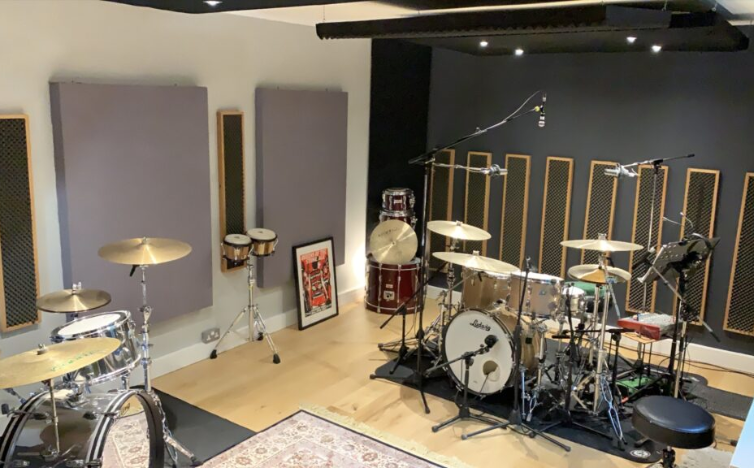Drumming is an exhilarating experience, but it can also be incredibly loud. Whether you’re a professional drummer or a hobbyist, soundproofing your drum room is essential to prevent noise from disturbing others and to improve the overall sound quality. This guide will walk you through the steps to effectively soundproof your drum room.
Assess the Room
Before diving into soundproofing, it’s crucial to assess the room you’ll be using. Consider the size, shape, and existing materials of the room. Larger rooms with high ceilings may require more extensive soundproofing efforts compared to smaller, more compact spaces. Identify any weak points where sound might escape, such as windows, doors, and thin walls.
Choose the Right Materials
Selecting the appropriate materials is key to effective soundproofing. Here are some commonly used materials:
- Acoustic Panels: These panels absorb sound waves and reduce echo. They can be mounted on walls and ceilings.
- Mass Loaded Vinyl (MLV): MLV is a dense, flexible material that blocks sound transmission. It can be installed on walls, floors, and ceilings.
- Soundproof Curtains: Heavy-duty curtains can help reduce noise coming through windows and doors.
- Weatherstripping: Use weatherstripping to seal gaps around doors and windows, preventing sound from leaking out.
- Carpet and Rugs: Adding thick carpets or rugs can help absorb sound and reduce noise levels.
Install Acoustic Panels
Acoustic panels are one of the most effective ways to reduce echo and improve sound quality in a drum room. Install them on the walls and ceiling to absorb sound waves. For optimal results, place panels at the first reflection points, where sound waves bounce off surfaces and reach your ears directly.
 Seal Gaps and Cracks
Seal Gaps and Cracks
Even the smallest gaps and cracks can let sound escape. Use weatherstripping to seal gaps around doors and windows. Apply acoustic caulk to seal any cracks in the walls, ceiling, or floor. Pay special attention to areas where pipes or electrical conduits enter the room, as these can be significant sources of sound leakage.
Use Mass Loaded Vinyl (MLV)
Mass Loaded Vinyl is an excellent material for blocking sound. Install MLV on walls, floors, and ceilings to add mass and reduce sound transmission. For walls, you can hang MLV like a curtain or attach it directly to the wall surface. On floors, lay MLV under carpets or rugs to dampen impact noise.
Add Soundproof Curtains
Soundproof curtains are an easy and effective way to reduce noise coming through windows and doors. These heavy-duty curtains are made from dense materials that absorb sound waves. Hang them over windows and doors to create an additional barrier against noise.
Consider the Floor
The floor is a critical area for soundproofing, especially in a drum room where impact noise is a concern. Use thick carpets or rugs to absorb sound and reduce noise levels. For more advanced soundproofing, consider installing a floating floor. A floating floor is separated from the subfloor by a layer of soundproofing material, which helps to isolate impact noise.
Optimize the Room Layout
The layout of your drum room can also impact soundproofing. Position your drum kit away from walls and corners, as these areas tend to amplify sound. Use furniture and other objects to break up sound waves and reduce echo. Experiment with different layouts to find the most effective configuration for your space.
Test and Adjust
After implementing soundproofing measures, it’s essential to test the room’s acoustics. Play your drums and listen for any areas where sound may still be leaking. Make adjustments as needed, such as adding more acoustic panels or sealing additional gaps. Soundproofing is often an ongoing process, so be prepared to make changes to achieve the best results.
Contact Muhammad Shaheen Carpentry at 971 55 219 6236, and discover the transformative science of soundproofing for your space.
Conclusion
Soundproofing a drum room requires careful planning and the right materials, but the results are well worth the effort. By following these steps, you can create a drum room that minimizes noise disturbance and enhances your playing experience. Whether you’re a professional drummer or a passionate hobbyist, a soundproof drum room will allow you to play freely without worrying about disturbing others.

